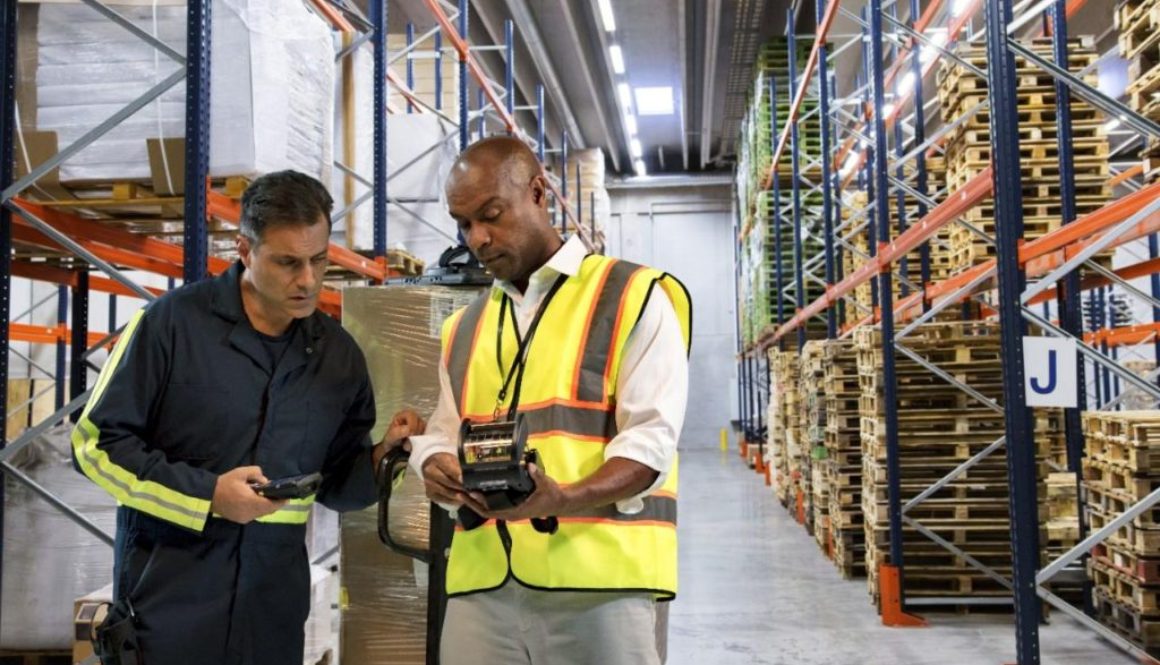Improving Warehouse Productivity

The Changing World of Warehousing
Warehousing has, and is, changing. The ever-increasing consumer and business demands of the 21st century means that warehouses are constantly striving improve deliveries. Every inch of the warehousing operation is now scrutinized to reduce error and improve turnaround time. This helps to achieve ever more stringent Key Performance Indicators (KPI). Dual-pronged pressure from both consumers and businesses means that there are a number of challenges facing the modern warehouse to create a flawless customer experience. Indeed, every aspect of the warehouse process is becoming more complex and dynamic due to five accelerators simultaneously affecting flawless fulfillment. These five accelerators are volume, velocity, variation, verification and volatility.
Organizations now have more materials and products to manage. The overall process has become more intricate as customers are ordering smaller amounts, more frequently. In addition, consumers have come to expect goods and services instantaneously, as well as access to alternative return and delivery verification methods, which puts an increasing strain on overall delivery timelines.
In a recent study on labor management, adopting more efficient warehouse and store level processes was the most cited pressure for managers to address in terms of profitability and reducing operating expenses.
E-Commerce
However, the e-commerce landscape is changing as well. Now more than ever, consumers have multiple media through which they can purchase goods and services. Omni-channel shopping is becoming a fundamental element in the warehouse supply chain.
Record levels of omni-channel shopping also brings a greater level of complexity and dynamism to warehousing. Intricacies in a renewed emphasis on speed, efficiency and most importantly, accuracy to avoid unnecessary errors and costs.
How can warehouse managers streamline their existing supply chain processes. Also, how can warehouse managers determine how to improve KPIs to deliver flawless fulfillment and achieve overall warehouse efficiency?
The Answer with Technology
Thanks to technological innovations available today, warehouses can look to optimize end-to-end operational processes with sophisticated warehouse solutions. Now, warehouses have at their disposal the necessary technology to meet the demands of the modern consumer. Technology enables them to scale their business operations, reduce costs significantly, expand their own infrastructure, and accelerate processes.
Not only is the supply and demand landscape changing, but so is the warehouse environment and workforce. Most notably, warehouses are re-evaluating their existing capacity and restructuring accordingly. This means higher racks to utilize more space effectively, requiring additional materials handling equipment. Forklift trucks, long-range scanners, and enterprise-grade mobile technology are all in play here.
Additionally, having an array of comprehensive solutions such as automatic identification tools can provide real-time data acquisition, as well as improve inventory visibility across the supply chain. RFID tagging and RFID portals would be an example of these solutions. Furthermore, wearable technology (which is continuously connected to a central warehouse network and interlinked with devices across the warehouse) provides extensive benefits to operators on the ground by improving accuracy, picking rates, task management and staff communication.

